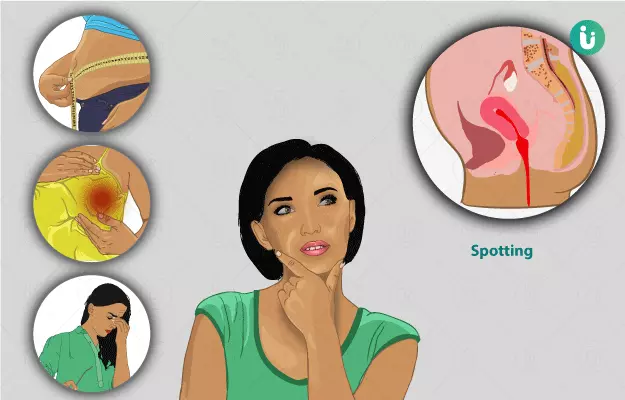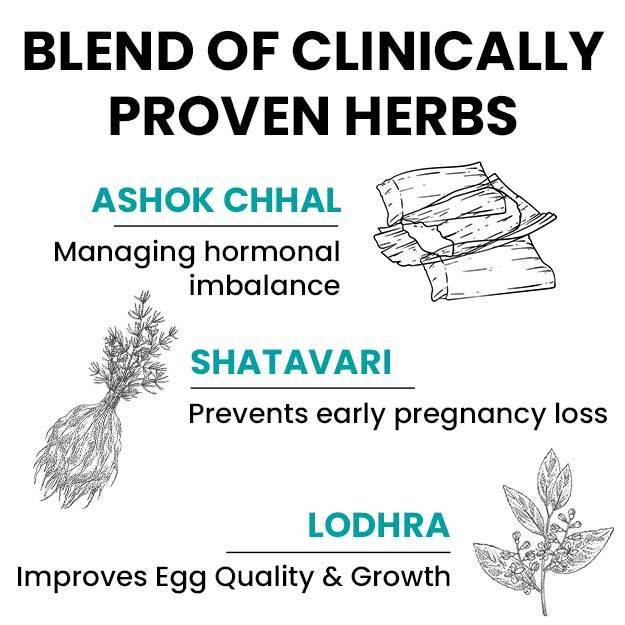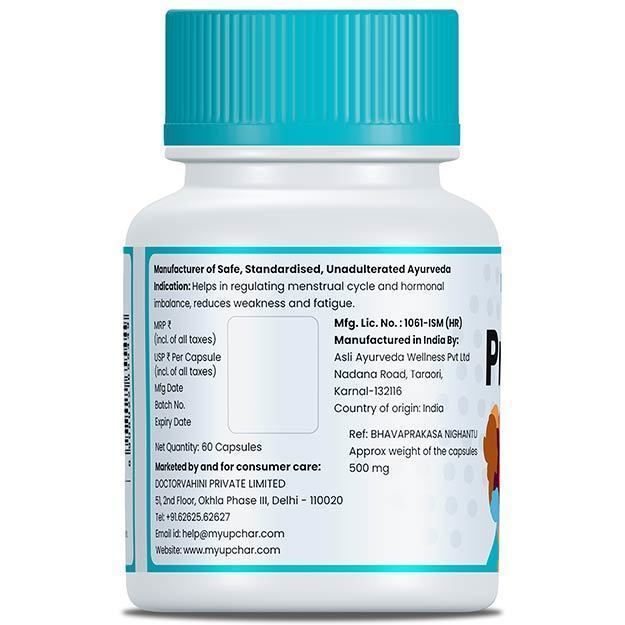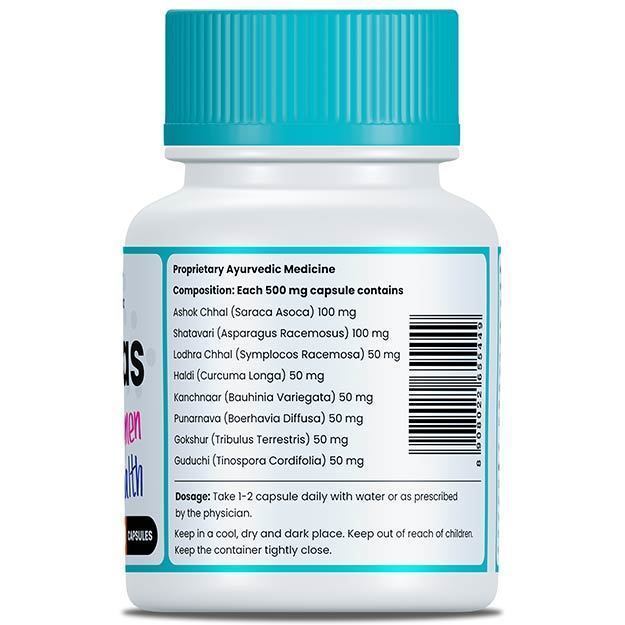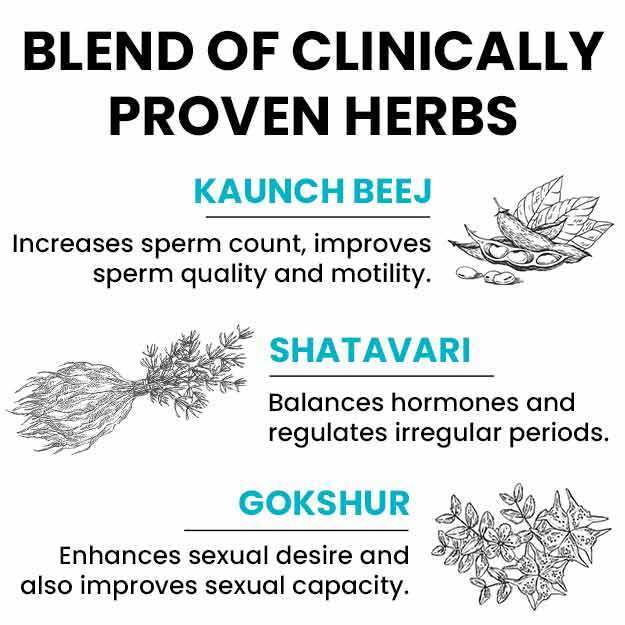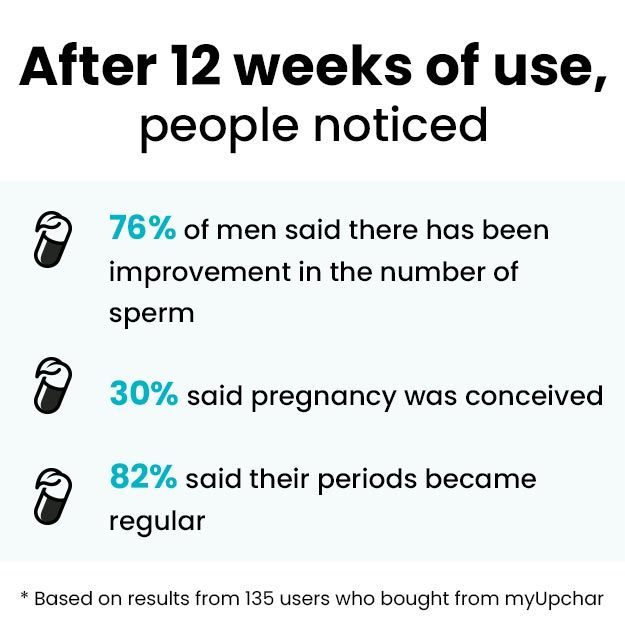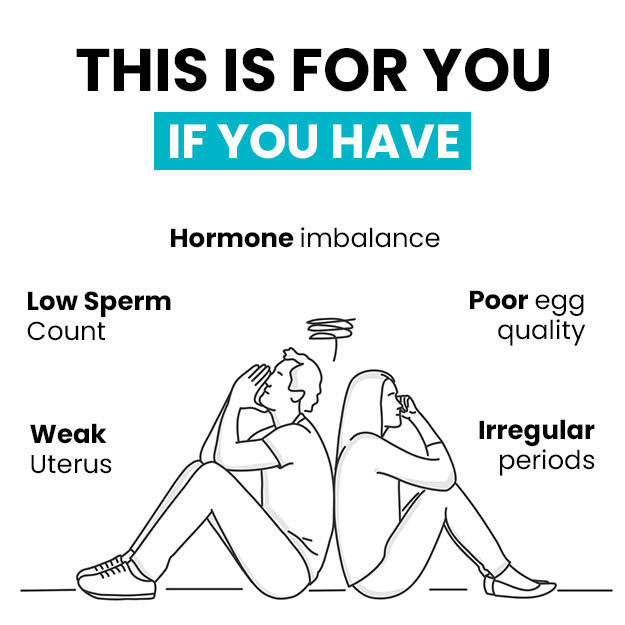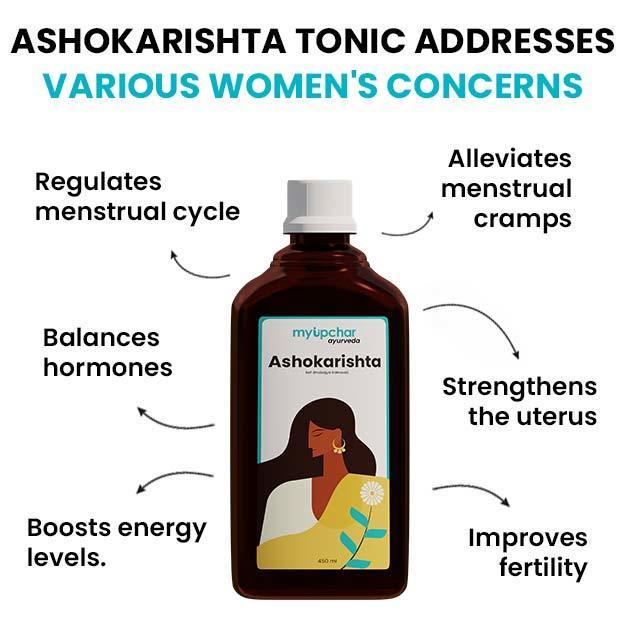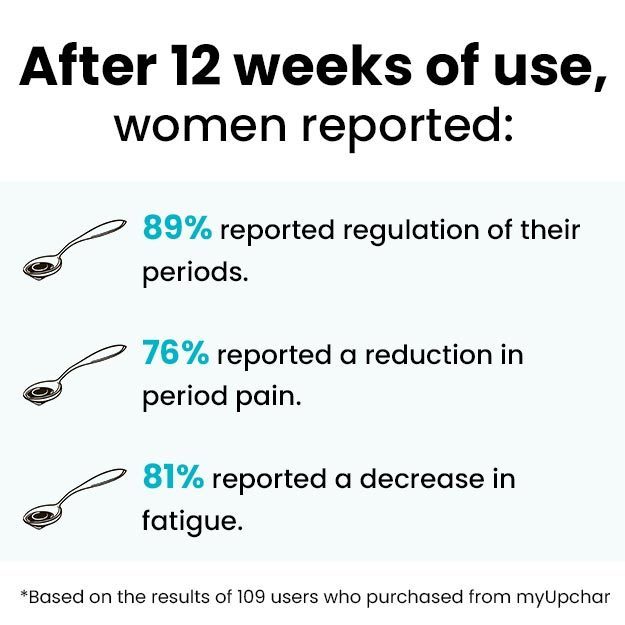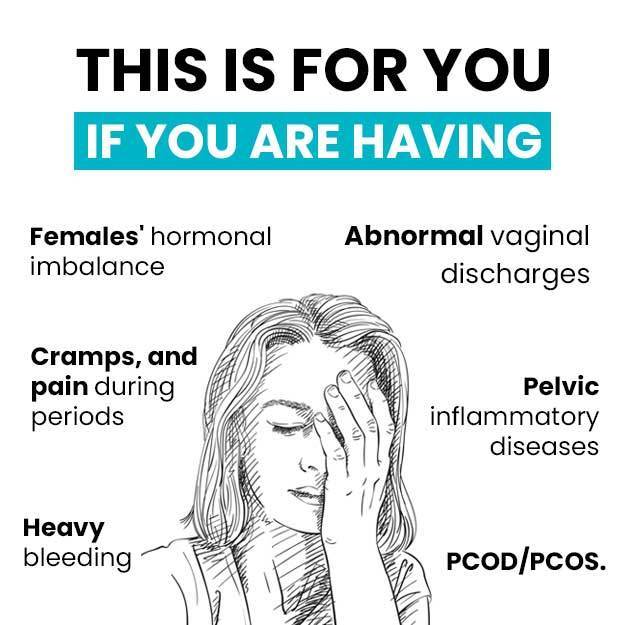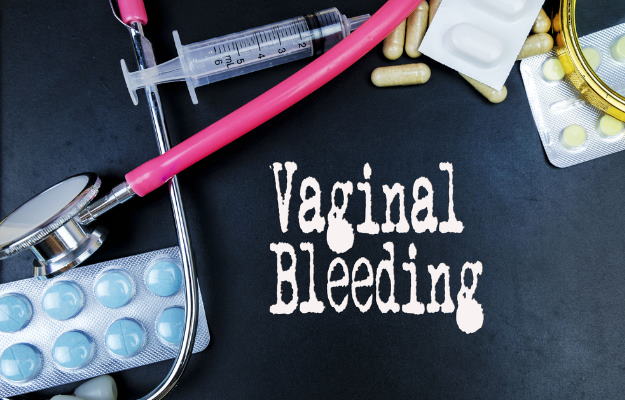Most women understand spotting (bleeding from the vagina other than menstruation). Initially it may shock women whether they have started their periods again. And then when one realizes that this is an occasional phenomenon, women often take a sigh of relief and forget about it. But should this thing be ignored every time? A light discharge of blood from the vagina without periods is called intermenstrual bleeding or spotting. Young girls or women may see one or two spots of blood on their underwear during this period. There will be no need to feel a sanitary napkin for this, only a panty liner will do. However, this experience can be disturbing.
Spotting is a very common process that occurs during pregnancy, menstruation and sometimes after sex. 30% of pregnant women experience this in the first three months. So let us know in this article what causes spotting and how it is different from menstruation.
(Read more - bleeding vs periods)


